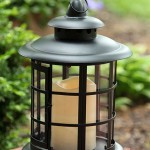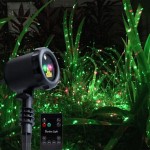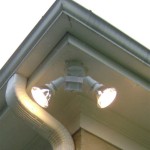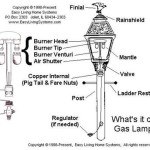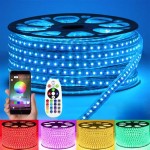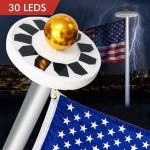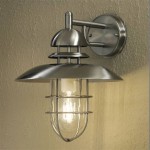Essential Considerations for Connecting Outdoor Light Fixtures
Illuminating your outdoor space with captivating light fixtures not only enhances its aesthetic appeal but also provides essential safety and security. Installing these fixtures may seem like a straightforward task, but it's crucial to approach it with the necessary knowledge and safety precautions. This comprehensive guide will delve into the essential aspects of connecting outdoor light fixtures, ensuring a successful and safe installation.
1. Electrical Safety First
Before embarking on any electrical work, it's imperative to prioritize safety. Turn off the power at the main electrical panel to the area where you'll be installing the light fixture. This crucial step will prevent any electrical shock hazards during the installation process.
2. Understanding the Wiring Terminology
Electrical wiring involves a few key terms that are essential to understand for proper installation. Neutral (white wire) provides a path for current to flow back to the power source, while the ground (green or bare copper wire) serves as a safety measure to redirect any excess electricity to the ground.
The hot wire (black or red wire) carries the current from the power source to the fixture. Identifying these wires correctly is crucial for safe and proper functioning of the light fixture.
3. Selecting Appropriate Wires and Connectors
The type of wires and connectors you choose for your outdoor light fixture installation is crucial. Select wires rated for outdoor use, which can withstand harsh weather conditions and prevent electrical hazards. Additionally, choose connectors that are specifically designed for outdoor electrical connections, ensuring a secure and weather-resistant seal.
4. Connecting the Wires
Now that you have the right wires and connectors, it's time to connect them. Strip the insulation off the ends of the wires, but avoid stripping too much as this can weaken the connection. Twist the exposed copper wires of the same color together, i.e., white to white, black to black, and green to green. Secure these twisted connections with wire nuts, ensuring a snug fit.
5. Mounting the Fixture
With the wires connected, you can now mount the light fixture. Carefully follow the manufacturer's instructions for the specific fixture you're installing. Ensure that the fixture is securely attached to the mounting surface, and avoid overtightening the screws or bolts.
6. Restoring Power and Testing
Once the fixture is mounted, restore power by turning on the circuit breaker or fuse at the main electrical panel. Before turning on the light switch, check the fixture's connections one last time to ensure everything is secure. Now, flip the switch to illuminate your outdoor space.
7. Troubleshooting Common Issues
If you encounter any issues during the installation or after turning on the light fixture, don't panic. Refer to the manufacturer's troubleshooting guide for specific instructions. Common issues may include incorrect wiring, loose connections, or a faulty fixture. Always remember to prioritize safety and consult an electrician if you're unsure about any aspect of the installation.
Conclusion
Installing outdoor light fixtures can be an enriching experience, adding both beauty and functionality to your outdoor space. By following these essential considerations, you can ensure a successful and safe installation, enhancing the ambiance and security of your property for years to come.

Replacing An Outdoor Light Fixture Concord Carpenter
How To Replace An Outdoor Light

Replacing An Outdoor Light Fixture Concord Carpenter

Replacing An Outdoor Light Fixture Concord Carpenter

How To Install An Outdoor Light Fixture The Right Way
How To Replace An Outdoor Light

Home Improvement How To Remove Replace Outdoor Light Fixtures Porch Driveway Etc

Replacing An Outdoor Light Fixture Concord Carpenter

How To Install An Exterior Electrical Box For A Light Fixture On The Wood Siding

American Energy By James Dulley
Related Posts
